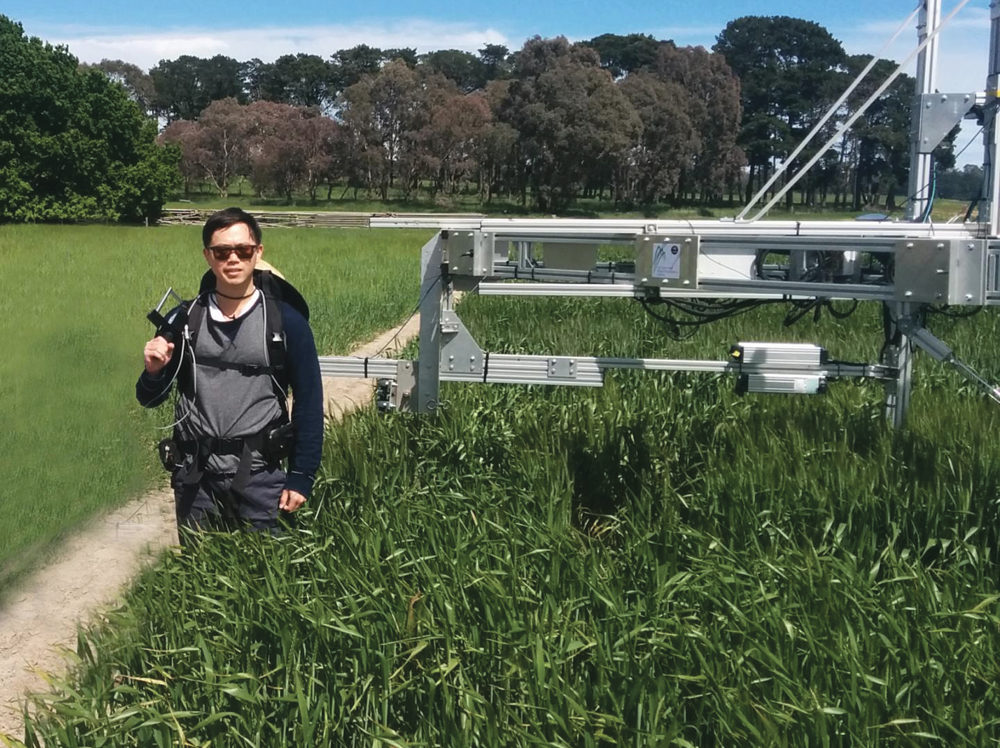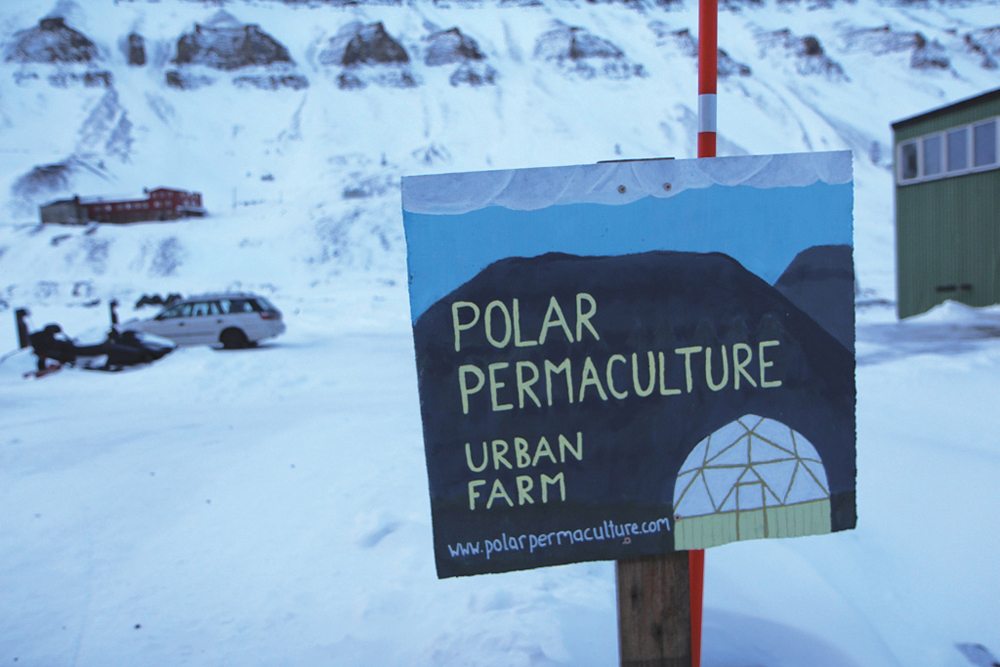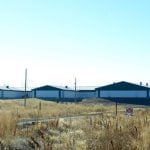Reuters / On a windswept Swedish mountain, a 10,000-year-old spruce with a claim to be the world’s oldest tree is getting a new lease on life thanks to global warming, even as many plants are struggling.
Scientists are finding the drift of growing areas for many plants out toward the poles is moving not in a smooth progression but in fits and starts, causing problems for farmers aiming to adapt and invest in cash crops that are more sensitive to climate than is this ancient conifer known as “Old Tjikko.”
Read Also

Local farm businesses, groups look forward to Manitoba Ag Days 2026
Most of agriculture is seemingly at Manitoba Ag Days each January: Manitoba agribusinesses and farm groups look forward to connecting with farmers at the 2026 show.
At a range of latitudes, but especially in the far north, climate change is bringing bigger-than-expected swings, putting billions of dollars at stake in a push to develop varieties with resilience to frost and heatwaves, drought or flood.
Understanding those plants which are thriving in such environments — like this ragged Christmas tree on a marshy plateau 900 metres above sea level — may yield clues.
“It seems to be growing quite well,” said researcher Leif Kullman. “That’s a result of warming in the past 100 years.”
Old Tjikko stands above dead roots that Kullman says date from 9,550 years ago, just as the Ice Age ended. The spruce regenerates clones when low branches sprout new roots so that, unlike California’s Methuselah bristlecone pine whose trunk bears over 4,800 annual growth rings, today’s five-metre-tall trunk only began growing about 1940.
Yet the tree’s survival may offer lessons for pioneers trying to take advantage of global warming to push the frontiers for crops farther north but finding most plants to be far more sensitive.
Climate unpredictability is especially true farther north, in the Arctic, where the extent of ice on the Arctic Ocean shrank to a record low this summer. Less attention has been paid to how the thaw affects growing conditions on land.
“That’s been a surprise in the last years. Everyone thought it would be warmer and nice weather. But suddenly it’s wetter and colder in some regions,” said Lars-Otto Reiersen, head of an Arctic monitoring program.
Many studies show that more carbon dioxide in the atmosphere, the main greenhouse gas, will initially lead to more growth of plants worldwide. But, Reiersen said, not enough study has been made of the downside of increased unpredictability.
Part of the problem is warmer air doesn’t compensate for limited daylight and extreme weather means a greater chance of unseasonable frosts.
Plant breeders and genetic experts are looking for novel solutions, such as working with a frost-resistant clover recently found on a northerly chain of islands. And they’re looking at a type of antifreeze in spruces that allow them to survive -50 C temperatures.
But for many crops, the expansion of potential growing areas due to climate change may not add to overall production. For example, gains in cropping area in countries like Canada and Russia are likely to be offset by losses in developing nations that now produce wheat will lose out as it gets too hot.
Meanwhile, Old Tjikko faces a new threat — sightseers coming to gaze at the “world’s oldest tree” are tramping down lichen at its base, which could damage its roots. Authorities are considering putting up a fence.














